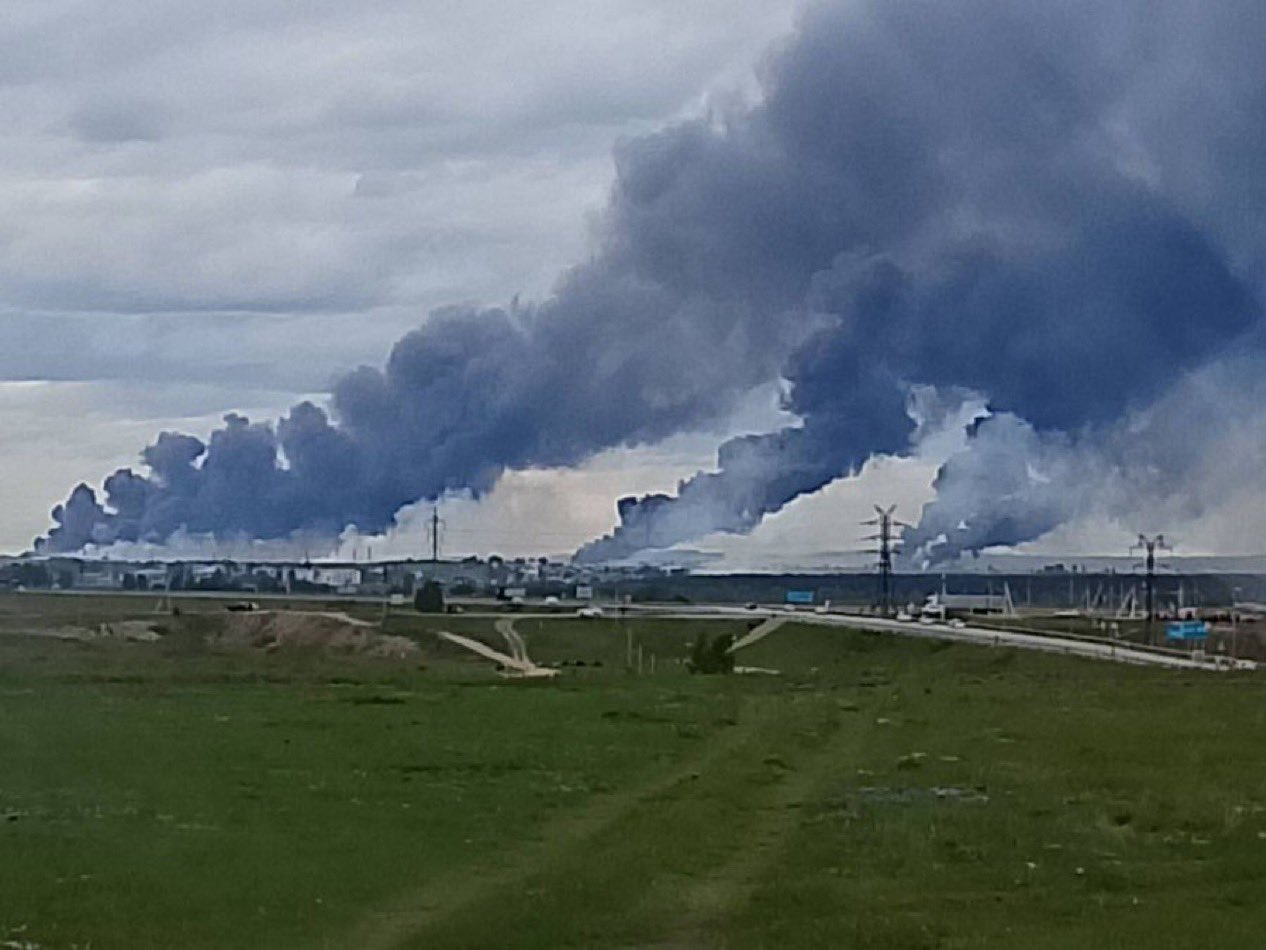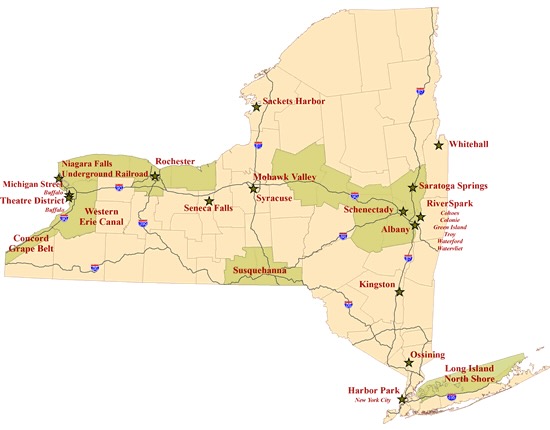By The Watertown Post Staff
Watertown, NY — A dramatic escalation in modern warfare tactics is sending ripples all the way from the Russian heartland to the snowy expanse of Northern New York. Ukraine’s recent long-range drone assault deep into Russian territory—reportedly disabling dozens of bombers and strategic aircraft—has not only shocked global military observers but could have direct implications for Fort Drum and the surrounding region.
This development, widely viewed as a turning point in warfare, has put low-cost drone swarms on par with multimillion-dollar military assets. More than 100 drones reportedly struck key Russian airbases, including Engels and Mozdok, home to nuclear-capable bombers. The success of these strikes has forced a global reassessment of both offensive capabilities and defensive vulnerabilities.
Fort Drum: From Domestic Base to Digital Battlefield
Fort Drum, home to the 10th Mountain Division, has long been a critical hub for rapid deployment forces and joint training operations with Canadian allies. Its proximity to the international border and its command over cold-weather warfare make it a staple of American military preparedness. But with drone warfare now capable of penetrating deep into sovereign territory, Fort Drum is no longer simply a logistical and training post—it is now on the digital front lines.
Military analysts suggest that installations like Fort Drum must now adopt next-generation technologies, from anti-drone defense grids to real-time surveillance networks. “The war of the future is already here,” said one retired colonel familiar with Fort Drum’s mission. “And it’s coming in under the radar—literally.”
Canadian Border and Strategic Concerns
The base’s closeness to Canada—just a short drive from border crossings—presents both an advantage and a concern. Joint U.S.-Canada operations could be enhanced in response to this shift in warfare, but experts warn that the porousness of drone and cyber incursions renders borders functionally obsolete in some scenarios. “We have to start thinking of defense not just in miles, but in milliseconds,” said a defense technology consultant.
Foreign Land Ownership in the Adirondacks Raises Eyebrows
Complicating matters is the presence of large foreign-owned land parcels within the North Country. Chinese billionaire Jack Ma, co-founder of Alibaba and a known ally of the Chinese Communist Party, purchased over 28,000 acres in the Adirondacks near Brandon in 2015. While the land is officially designated for conservation, its proximity to Fort Drum—and the rising threat of espionage and drone warfare—has sparked renewed concerns among national security observers.
“The purchase itself isn’t illegal, but it’s certainly worthy of scrutiny,” said a former intelligence officer. “With modern surveillance and drone technology, the idea that wilderness land is inherently benign just doesn’t hold up anymore.”
A New Chapter for the North Country
The North Country—once seen as a quiet buffer zone of peace and pristine wilderness—is being pulled into a global chessboard of shifting alliances and invisible threats. The rise of drone warfare, foreign land investment, and cross-border security concerns have put Fort Drum, and Watertown by extension, in a new strategic light.
Whether the public sees it or not, war has changed—and so has the role of our region.
The Watertown Post will continue to monitor developments and provide updates on Fort Drum’s evolving mission and the geopolitical implications for Northern New York.



